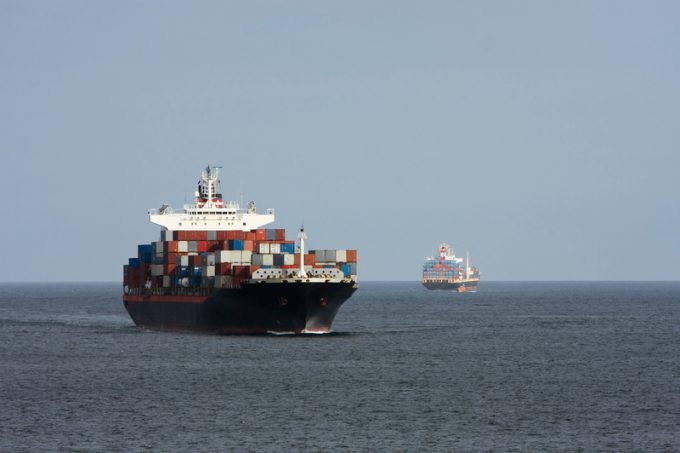Blankety Blank – a commercial or structural game?
Trans-pacific and Suez hold the answers

An acute shortage in the availability of charter tonnage could force carriers to shelve their plans to launch new liner services this summer.
And a big hike in daily hire rates for container ships that do become available, combined with spiralling fuel prices, will force a ...
Predatory rivals circle as the ripples from DSV's Schenker buy widen
MSC Elsa crew face criminal probe, as Wan Hai 503 firefighters battle on
Latest Israeli attack on Iran a threat to box ships in Straits of Hormuz
Industry concerns rise after yet another box ship on fire off Indian coast
'It's driving us mad', say forwarders as US court fails to end tariff turmoil
European port congestion easing – for now
More legal trouble in India for MSC: feeder vessel detained after box ship disasters
DHL Express facilities in Canada forced to shut down by strike

Comment on this article
Andy Lane
May 10, 2018 at 2:25 pmIf the CTS March and therefore 2018Q1 demand numbers are correct, then the 8.2% year-on-year deployed capacity growth will have resulted in far lower utilisation levels (for the industry as a whole). So I think that more services being added (unless March 2018 proves to be an outlier) is less likely than the withdrawal of services.
The reduced port-pair frequency due to the deployment of larger ships does not necessarily increase transhipment and feedering demand. However in a truly capacity constrained environment and when fuel prices are high, this can (and will) cause Lines to trim the tails of their networks and replace some direct calls with hub and spoke alternatives. That will naturally not be workable or possible if there is an insufficient fleet of vessels in the short years ahead.